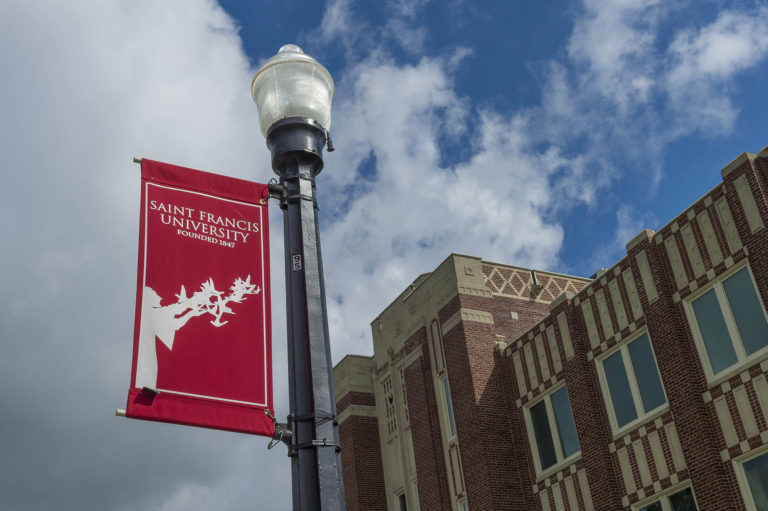Millennials (or GenY’s) are a very important generation to focus on when putting together your fundraising strategy – not only because of their huge giving potential, but because they are very different from preceding generations and need to be treated differently. A recent study by Achieve and Johnson Grossnickle Associates found that Millennials want to be engaged in a different way than Baby Boomers or Generation X donors. They’ve grown up in a culture that has trouble remembering a time before the internet and feels little or no obligation to support their alma mater.
So how can you reach young alumni and get them to reconnect and contribute? Here are some tips:
- Personalized and instant communication – personalize messages to young alumni by utilizing database data to drive personalized content. This group especially expects that you know who they are, what they enjoy and why they would potentially donate to your organization. If you miss this mark, the appeal will likely be tossed immediately. Social media is a great tool to satisfy their need for instant communication and interaction. Millennials do not respond to mass-marketing messages, so any contact with them must be relevant and include web based tactics.
- Involvement – this is not a generation of passive donors. Derrick Feldmann, CEO of Achieve has said, “Millennial donors not only want to give financially, they want to affect change and create direction, and they want access to the organization’s board leadership.” Find ways to get them involved with your organization again.
- Visible and concrete results – This generation wants proof that they are creating a direct impact. They have to see the results in order to really feel a sense of accomplishment. Having a strong stewardship program that clearly articulates what their gift is doing for the organization is key.
By nature this is a very environmentally and socially conscious generation that is optimistic and wants to make the world a better place – a perfect combination for philanthropists. Investing in the cultivation of this generation now will generate long-term success when they eventually become larger life-long donors.
Engage young alumni now and empower them to create an impact. Stay connected with them through personalized and timely communication utilizing direct mail, e-mail, and social media before and after they’ve donated.






